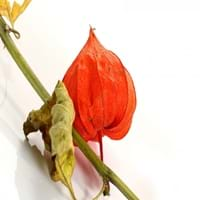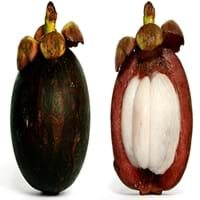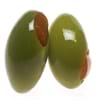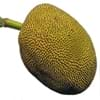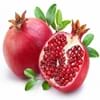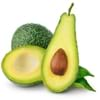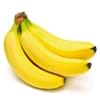Health Benefits
Anti-oxidant properties, Anti-inflammatory properties, Cancer prevention, Maintains healthy cholesterol level, Reduces blood circulation problems, Treatment of cough, fever & sore throat, Treatment of Hypertension
Anti-oxidant properties, Anti-inflammatory properties, Controls blood pressure, Diarrhea treatment
General Benefits
Treatment of asthma, Treatment of cataract, Treatment of hepatitis, Treatment of macular degeneration, Treatment of neurodegenerative diseases
Anti-inflammatory properties, Digestive aid
Skin Benefits
Treatment of Rheumatism & Dermatitis, Treatment of Skin Inflammation
Treatment of acne, Treats minor cuts
Side Effects
Hypertension, Ventricular Tachycardia
NA
Best Time to Eat
As a snack in the late afternoon, Eat the fresh ones, avoid mixing with any other foods, don't eat after meal., Morning time (before lunch), Strictly avoid empty stomach
As a snack in the late afternoon, Eat the fresh ones, avoid mixing with any other foods, don't eat after meal., Morning time (before lunch)
Vitamin B5 (Pantothenic Acid)
Not Available
Vitamin B6 (Pyridoxin)
Not Available
Vitamin B9 (Folic acid)
Not Available
Vitamin C (Ascorbic Acid)
Vitamin E (Tocopherole)
Not Available
Water Content
Not Available
Calories in Fresh Fruit with Peel
Calories in Fresh Fruit without Peel
Not Available
Not Available
Calories in Frozen Form
Not Available
Not Available
Calories in Dried Form
Not Available
Not Available
Calories in Canned Form
Not Available
Calories in Pie
Not Available
Type
Fruit vegetable
Tropical
Season
Spring, Summer
Winter
Varieties
Physalis franchetii, Physalis pruinosa, Physalis peruviana, Physalis heterophylla and Physalis philadelphica
Button Mangosteen and Lemondrop Mangosteen
Color
Bright Yellow, Orange
Purple
Inside Color
Orange
White
Origin
Chile, Peru
Moluccas of Indonesia, Sunda Islands
Climatic Conditions
NA
NA
Top Importer
Netherlands
United States of America
Top Exporter
Colombia
Thailand
Botanical Name
Physalis Peruviana
Garcinia mangostana
Synonym
Alkekengi, Herschellia & Pentaphitrum
Garcinia mangostana
Subkingdom
Tracheobionta
Tracheobionta
Division
Magnoliophyta
NA
Class
Magnoliopsida
Unknown
Subclass
Asteridae
Dillenhidae
Order
Solanales
Malpighiales
Family
Solanaceae
Clusiaceae
Species
Physalis
G. mangostana
Generic Group
Not Available
Not Available
Difference Between Physalis and Purple Mangosteen
We might think that Physalis and Purple Mangosteen are similar with respect to nutritional value and health benefits. But the nutrient content of both fruits is different. Physalis and Purple Mangosteen Facts such as their taste, shape, color, and size are also distinct. The difference between Physalis and Purple Mangosteen is explained here.
The amount of calories in 100 gm of fresh Physalis and Purple Mangosteen with peel is 77.00 kcal and 63.00 kcal and the amount of calories without peel is Not Available and Not Available respectively. Thus, Physalis and Purple Mangosteen belong to and category.These fruits might or might not differ with respect to their scientific classification. The order of Physalis and Purple Mangosteen is Solanales and Malpighiales respectively. Physalis belongs to Solanaceae family and Purple Mangosteen belongs to Clusiaceae family. Physalis belongs to Physalis genus of Physalis species and Purple Mangosteen belongs to Garcinia genus of G. mangostana species. Beings plants, both fruits belong to Plantae Kingdom.
